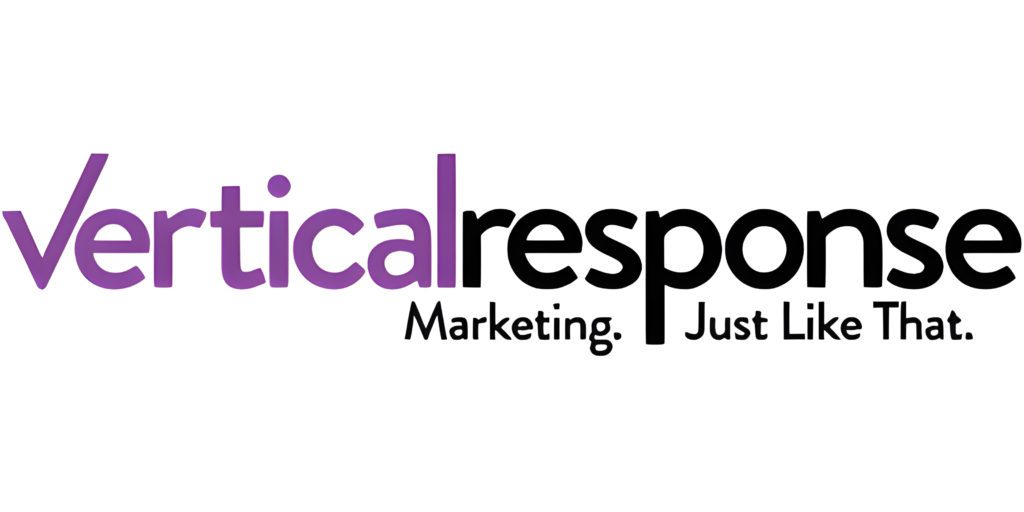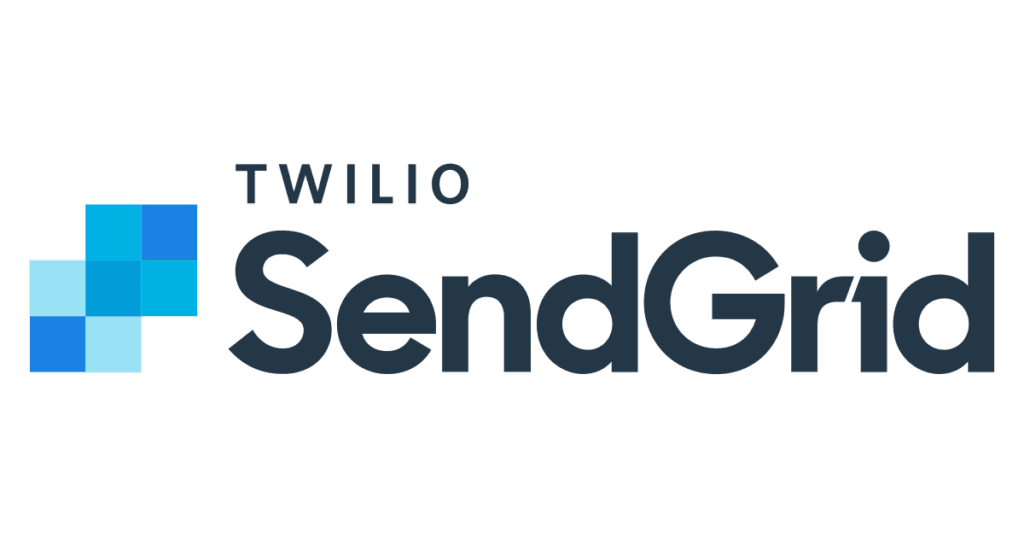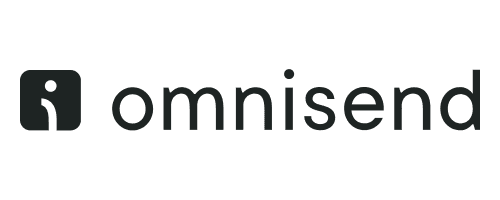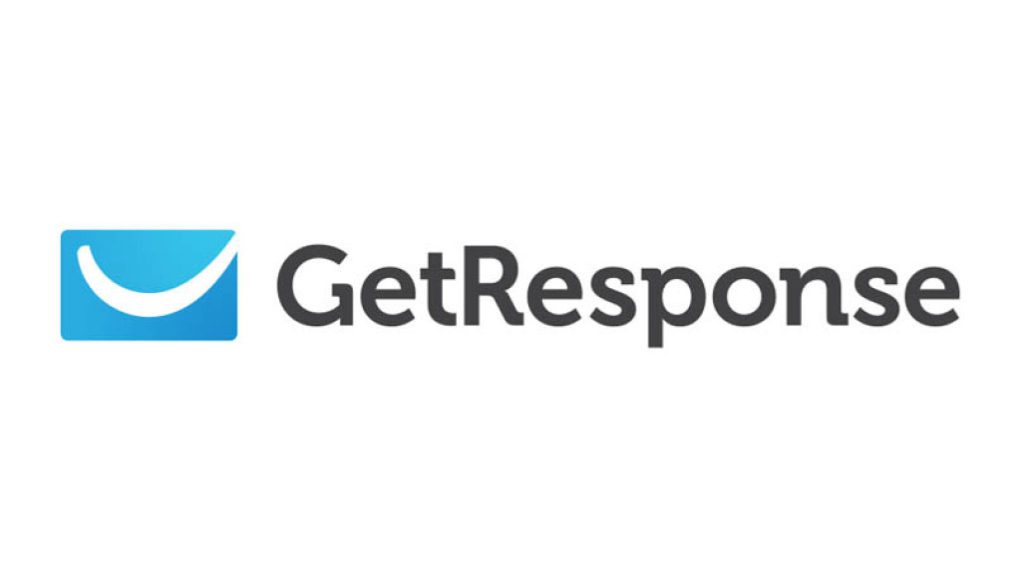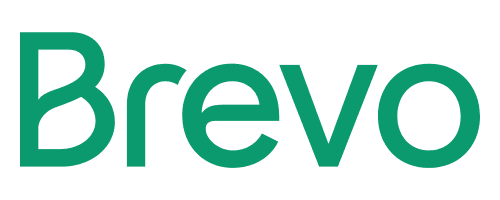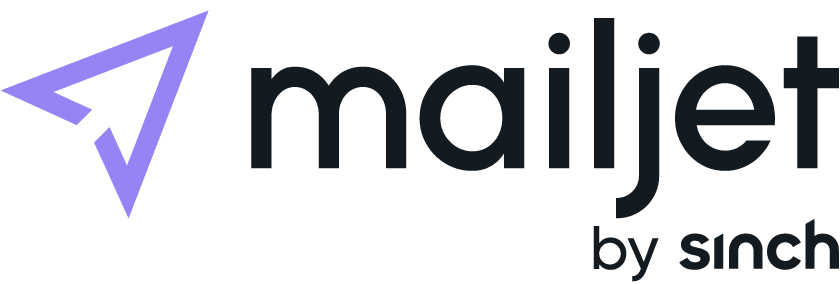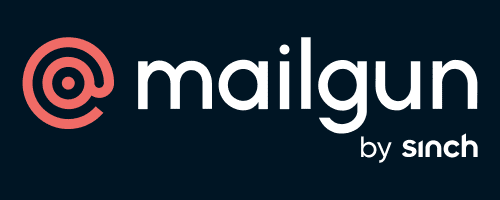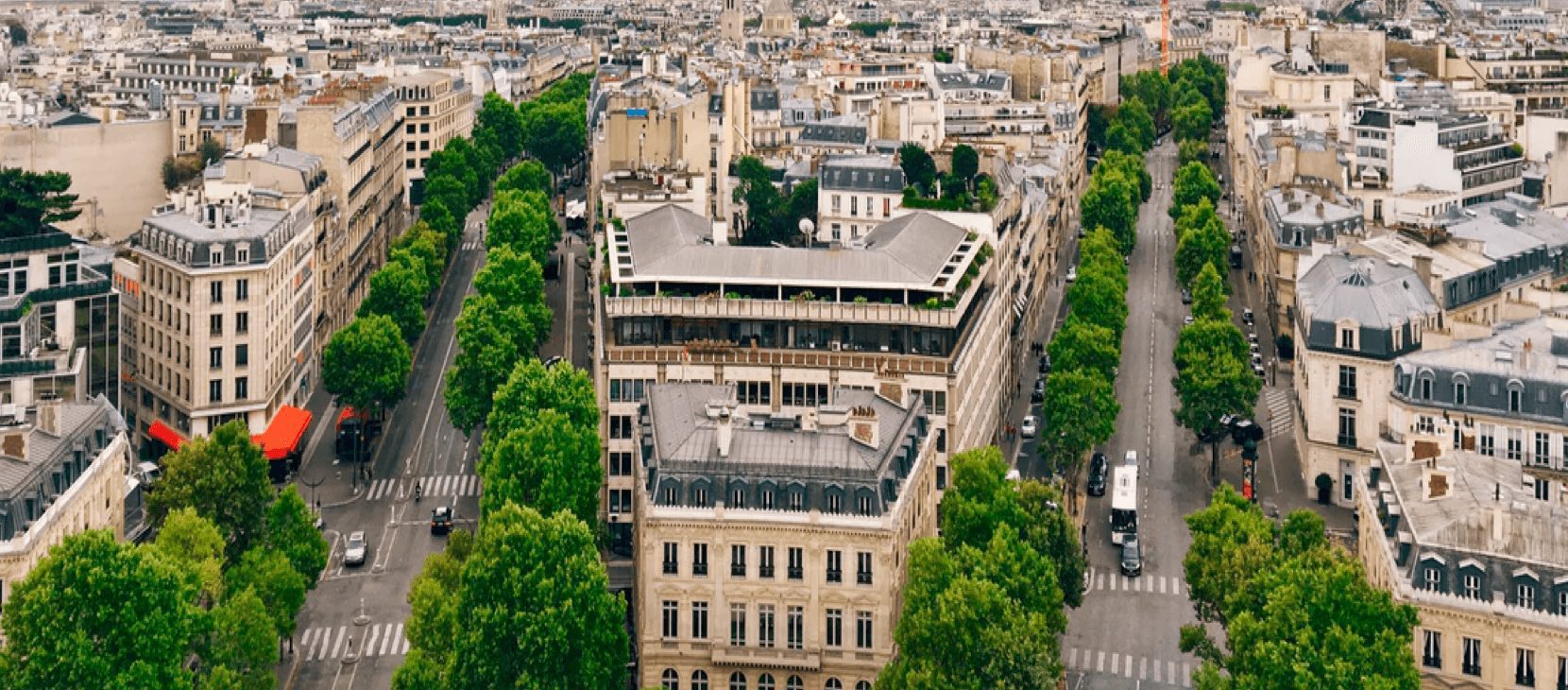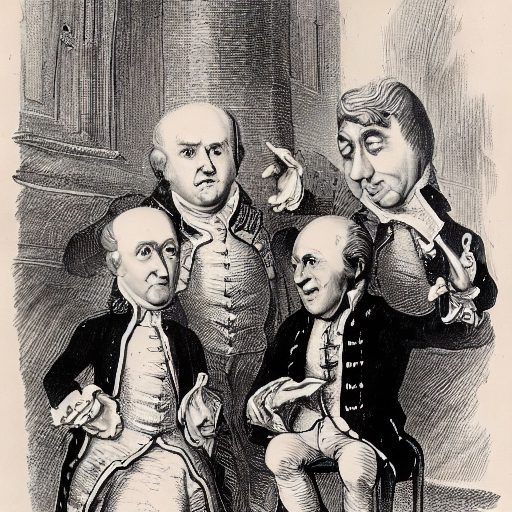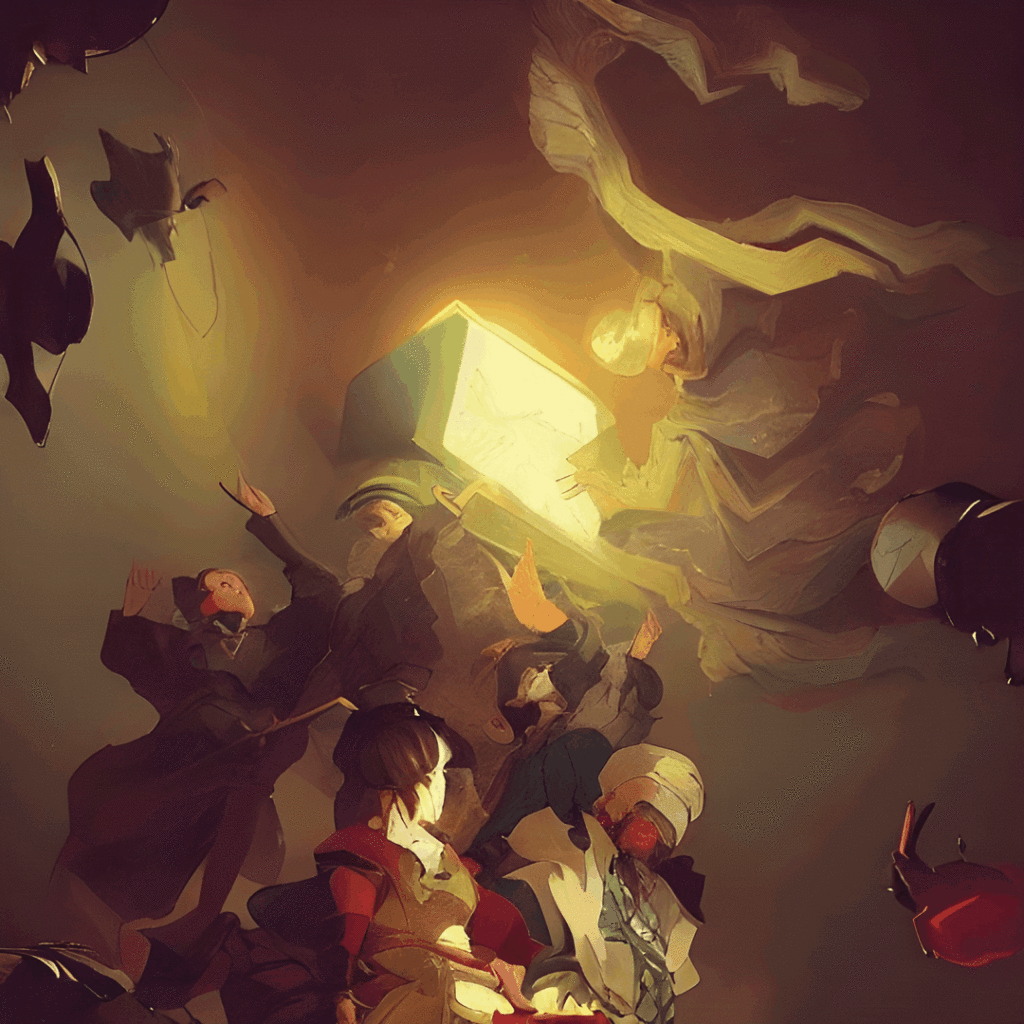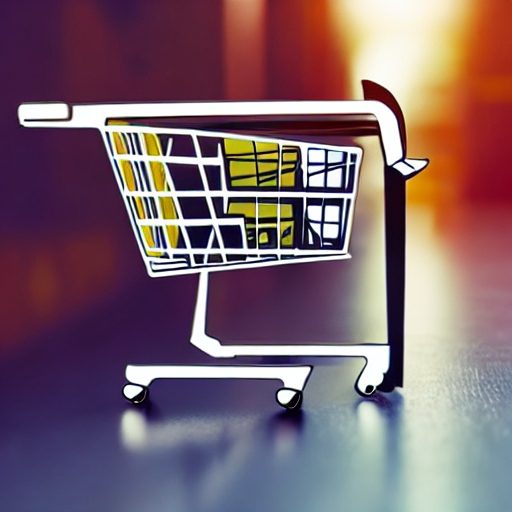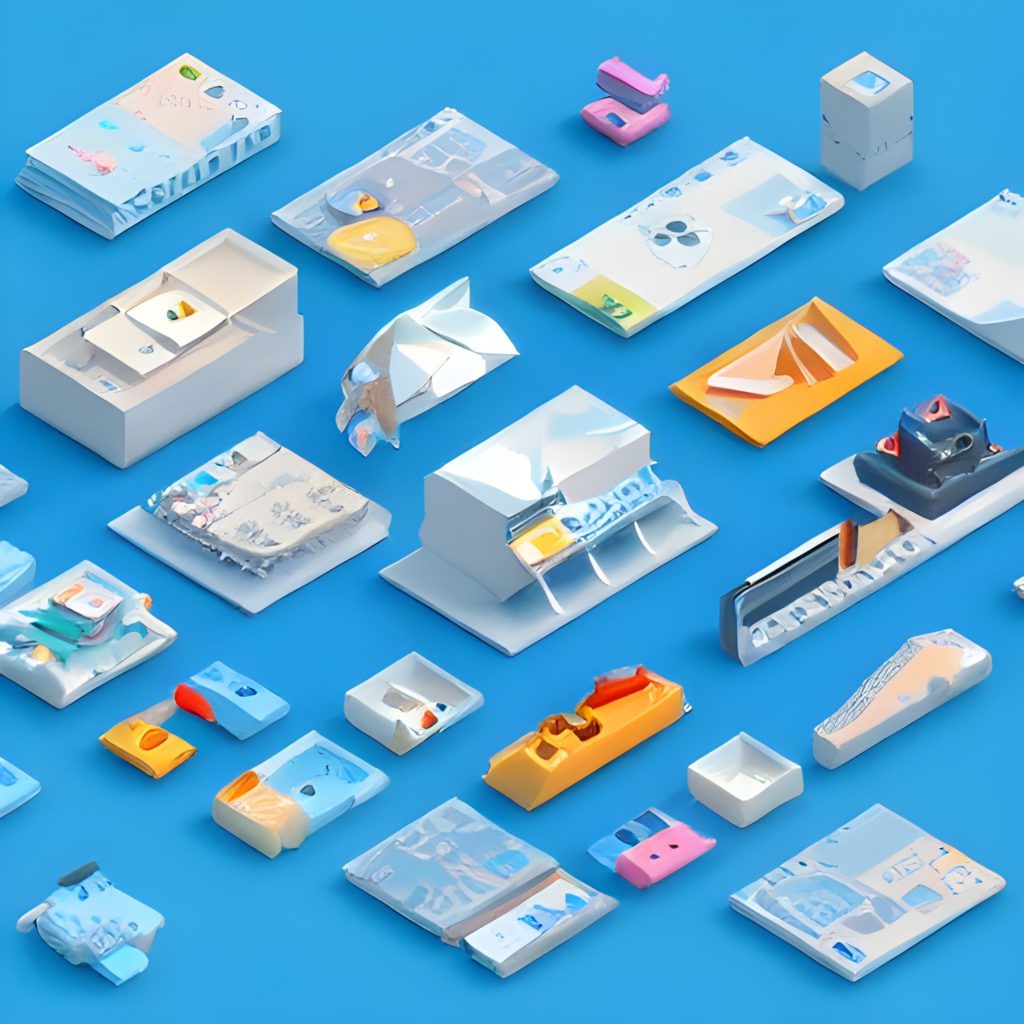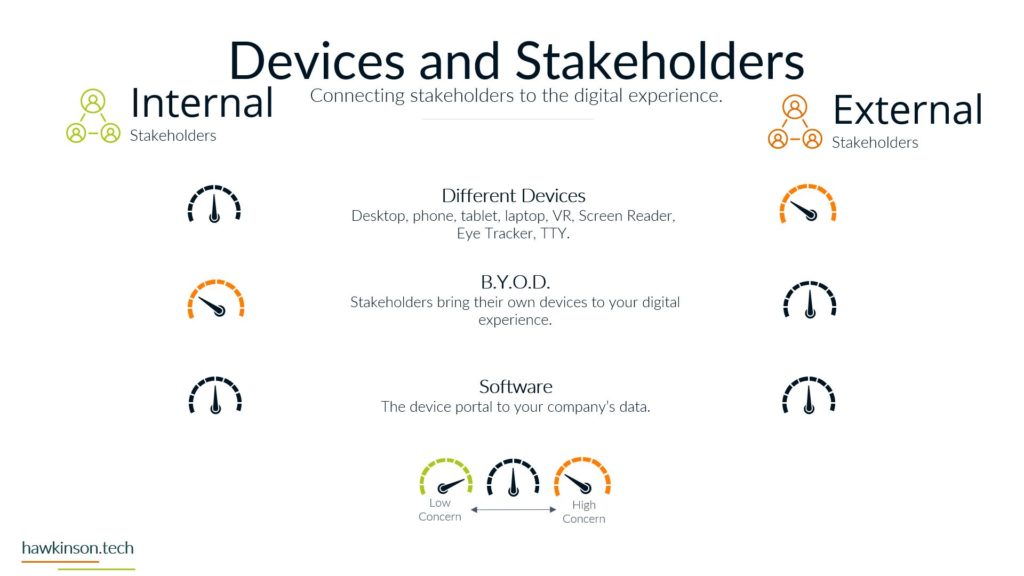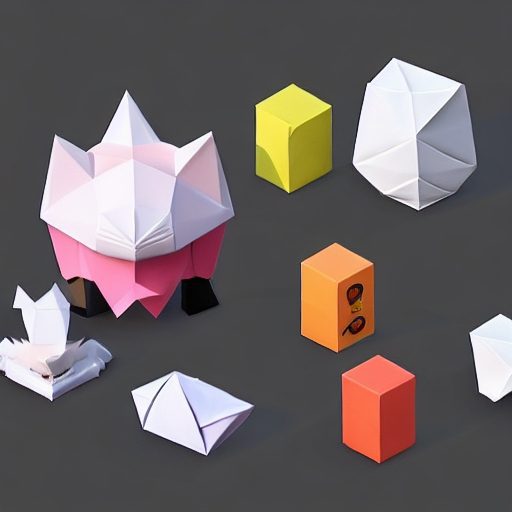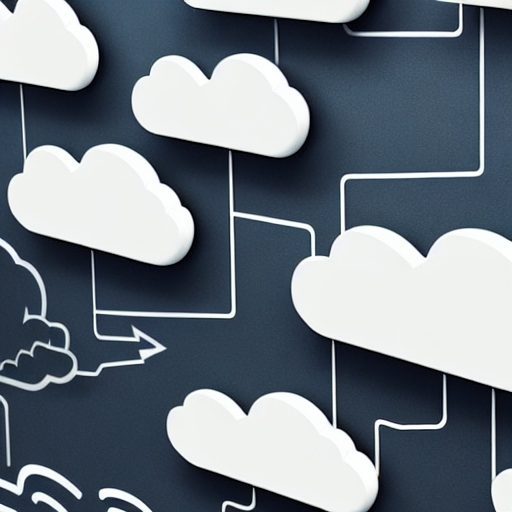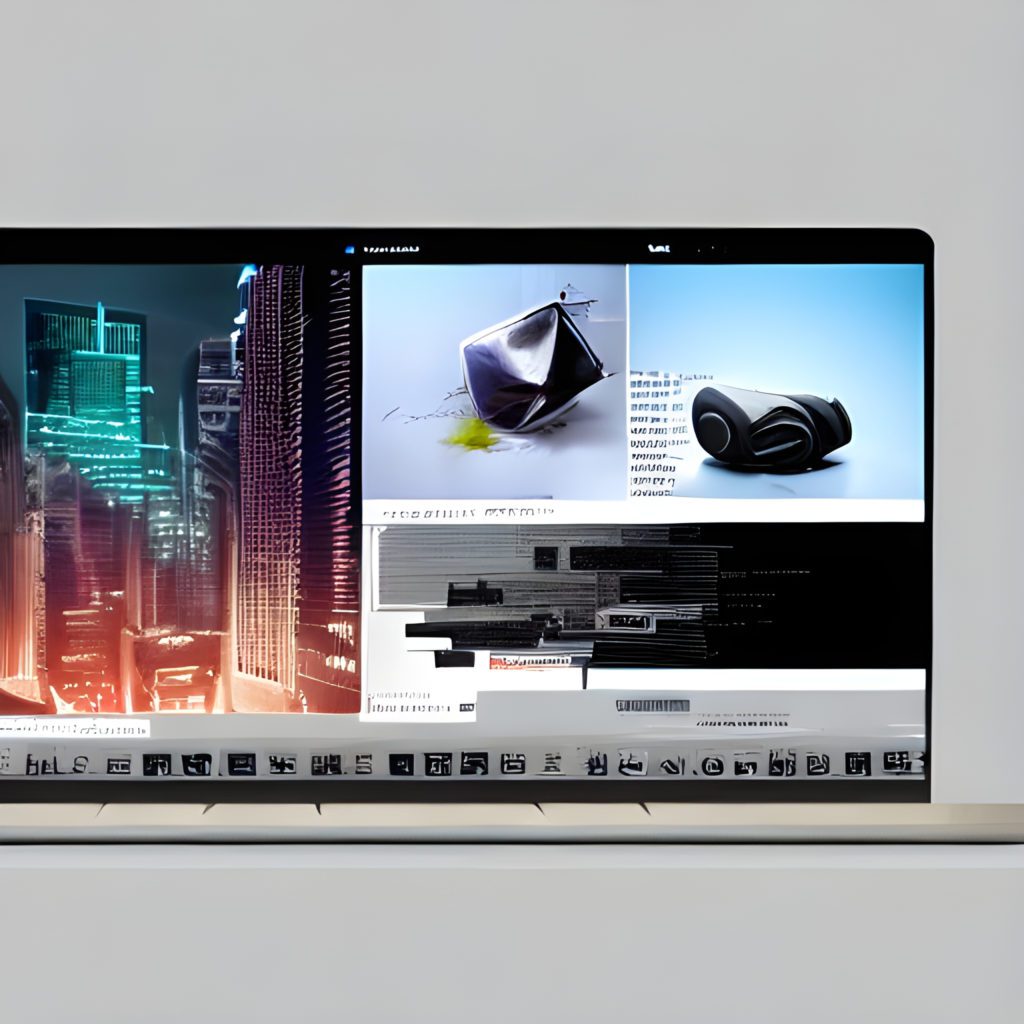Experience Design
Today more than ever, companies can produce unique experiences. Technology and mass production allow the production of experiences found in enterprise companies. Experience design will enable companies to build and foster an experience they want for internal and external stakeholders.
Look at the whole company
Experience design allows us to look at the different components of the organization and configure them to fit the results that we want them to produce. This means making sure customer service is operating the way we expect. Or that technicians work with clients in the field the way we expect. Or when someone registers for a course, they get the material they need and understand how to access the course. We could go on and on regarding the aspects of a company connected to an experience. The main thing is that we can change the aspects to produce the experience we want.
The first part of experience designs you should be aware of is that it covers all aspects of the company. Everything with your company can be customized and designed to fit the experience you want to produce. Say you want to make company clothing; you can design shirts that fit your company and avoid buying designs in bulk through drop shipping. If you decide to change your logo down the road, you can without spending an arm and a leg.
The uniforms paint a picture of how companies can provide a visual experience for internal and external stakeholders and retain agility. This aids experience because if the company wants to make a change, they do not have to eat the cost of old uniforms or stay committed to an experience that is not helping them grow. If they decide to change, then they can with agility. Uniforms are just one aspect of a company. But you can also start to see how just a uniform impacts parts of a company.
If you have technicians, look at what a day in the life of their shoes looks like. Then you can design accordingly, knowing what they must do and what it takes for them to do it. For technicians, you may see this as doing inventory management, traveling, and managing purchase orders and tickets that all add to an experience. Some parts may touch experience; others may be working with people and physical resources. With experience in design, we’re going through and looking at all the different components of the company and their interconnectedness. Then use the interconnections and produce the results as well as experiences we want for the various stakeholders involved.
Make it engaging
We want to make sure that people tied to the organization through some sort of relationship are consistently using that relationship. We want to keep employees engaged to have the best employee retention. A big part of that is making sure we’re fostering a positive community within the organization. We also want to make sure clients and customers are engaged. That way, they continue to purchase and work with the organization. If stakeholders start to feel disengaged, the organization may experience churn by both internal and external stakeholders. It’s critical to make sure we have positive stakeholder engagement.
Experience design lets you make sure you’re producing the engagement you want. As you’re designing your experience, build in the processes to help influence the experience you wish to bring about.
Emotion
People take actions based on emotion. Emotion is complex; we can get into a whole neurological conversation about things like the HPA access, the amygdala size versus frontal lobe, people’s relationship with the world, the way society has shaped us, or nature versus nurture.
As someone experiences an organization, the exchanges produce a reaction that holds an emotion. As someone works with the company, they build up a reservoir of how they feel about the company. This comprises of the times the organization met or did not miss expectations.
For example, if we know that a delivery process gets frustrating for users because it’s missing expectations, we can look to diminish that frustration. Even for someone thinking with logic, that frustration could cause issues in their business. Consequently, that could wear on the stakeholder as they develop a negative mental note of the company. If we change the experience, we can change the relationship. If we start exceeding expectations, that can create an emotion that strengthens the mental image.
Sprinkle in Kansei
One of the best tools for designing emotion into a business process or a product is Kansei engineering. Kansei engineering is an amazing field focused on developing emotion into products. Mazda is a massive user of Kansei engineering. Kansei is going through and looking at, say a physical product and understanding the components of that physical product and the way that people use it. Along with the feelings that they get from it. That feeling can come from things like the texture of the handle, the color, and the material the item is made from.
Kansei can also apply to processes. This is done by looking into the different steps somebody must take to accomplish a task. If you look at Kansei engineering with an app, a website, or your business, understand what it takes to accomplish something. Look at the steps somebody must take to fulfill that experience. Those steps play into their emotions. If they must take many steps to complete something, that task takes a lot of energy. Then as people start to get tired and wear out, that impacts their emotions and affects their experience with the organization. Kansei is about understanding these processes and engineering the emotion you want. This is a great tool and resource to learn as you’re going through and designing the experience of your organization.
Tools and resources
It is tough to accomplish things without having the right equipment. We want to make sure we have the right tools to build and maintain the experience. In addition, having the right resources can help stay agile and up to date.
This means making sure stakeholders have what they need to succeed in their jobs. In turn, this makes sure clients have their expectations consistently met. Internal stakeholders need to have training materials to grow and work their best. They also need physical tools that allow them to do things. This can be calculators, shovels, or a tractor; anything the company makes use of can be added to this list. It all depends on the company and the experience the company wants to provide.
Think about this for a second. If you were a construction company, you sent people to work with essential equipment; that situation will be a vastly different experience than sending them off with state-of-the-art technology. The same is true when it comes to building software. There are various tools to build the software. Some provide different uses than others and change the experience.
Providing the right experience entails using tools to build the right experience. Take some time to understand the tools and resources within your organization. See what you have now and what you would need to get. If you don’t have the right tools, it isn’t easy to produce the experience you want.
Keep them moving
Another big part of experience design is movement. As we’re designing this experience, we want to understand the way things move through. And it’s a very loose term because we can be referring to assets and items in the organization and how they move through the organization. We could be talking about the stakeholders themselves and how they move through the organization. This could also be looking at data and finances. All these components have a process of moving through the organization.
As we’re building the experience, we want to understand and remember that we are moving something from one place to another. We want to make sure that we provide the right tools and steps, put them in the proper funnel, and create the right emotion to foster movement. And we also must recognize that that movement is going to consider different parts of the company.
There’s not a whole lot that’s isolated; somebody that needs to get tools to complete a job is likely to have that looked at by somebody in finances. The finance person may determine how much of that tool they can get, impacting the experience. When looking at movement in the organization, see what interconnections exist. Then you can see how movement in one area impacts movement in another area.
By using experience design, we can build a digital company experience that fosters the desired experience. While this article covers some important things to consider, experience design can go deeper. Use this as a base to understand what you can change in your business, MSP, as a coach, or even your company department.











